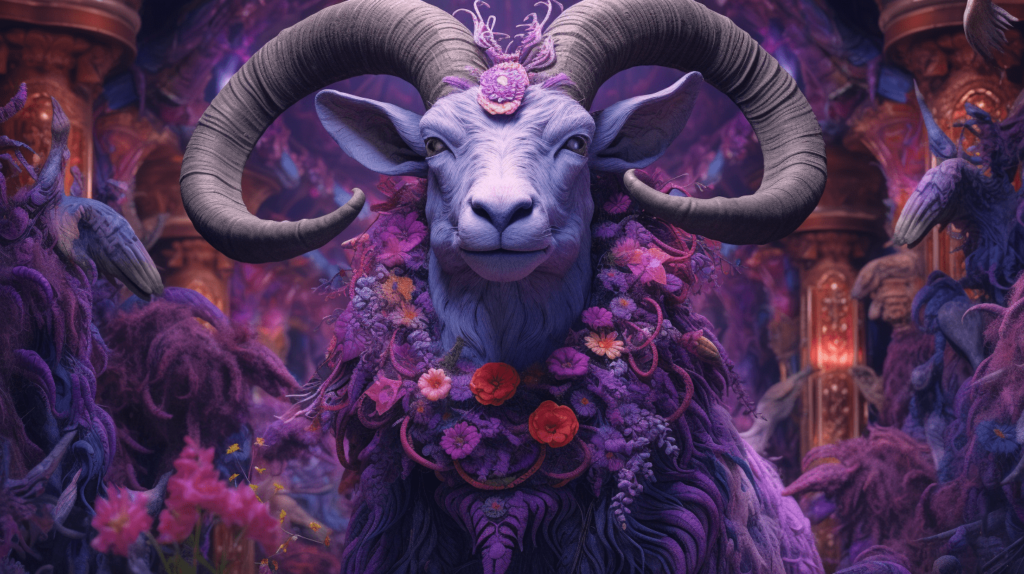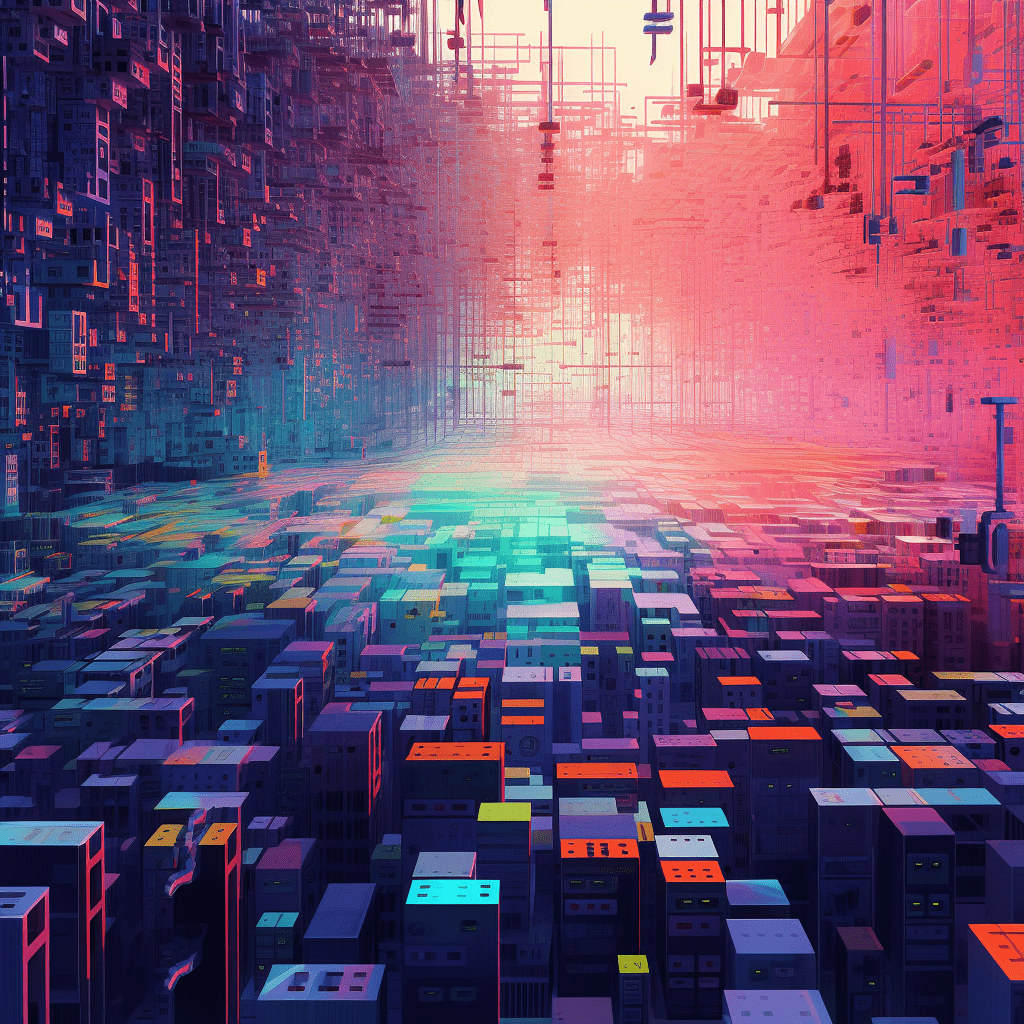In the world of non-fungible tokens (NFTs), scarcity is a critical factor that can have a significant impact on the cost of collectibles. As digital assets, NFTs represent unique and often limited-edition items, such as art, virtual real estate, or even digital trading cards. With the growing popularity of NFTs, understanding how scarcity affects their value is essential for collectors and creators alike.

What is Scarcity in NFTs?
Scarcity refers to the limited availability of an item. In the context of NFTs, scarcity plays a crucial role in determining the perceived value of a digital collectible. Generally, the rarer an NFT is, the higher its potential value. Scarcity can be determined by factors such as the total number of tokens created, the rarity of specific attributes, or even the fame of the creator.
How Scarcity Impacts the Cost of NFT Collectibles
- Limited Editions and Minting Caps: One of the most common ways to create scarcity in the NFT world is by limiting the number of tokens that can be minted. This could mean creating a fixed number of tokens or implementing a hard cap on the total number of tokens that can be created. The fewer tokens that exist, the more valuable they may become due to their rarity.
- Unique Attributes and Variations: NFTs can have various attributes or variations that make them unique. For example, digital art pieces may have different color schemes or design elements, while virtual trading cards may have varying rarity levels based on the attributes of the characters they represent. The more unique and rare an attribute or variation is, the more valuable the NFT may be.
- Creator Fame and Recognition: The reputation of the NFT creator can also play a significant role in determining the value of a digital collectible. Well-known artists, celebrities, or influencers may command higher prices for their NFTs due to their fame and the demand for their work. Additionally, NFTs created by recognized creators can become more scarce as their popularity increases, driving up the cost of their collectibles.
- Market Demand and Trends: The overall demand for NFTs and current market trends can also impact the cost of collectibles. As more people become interested in NFTs, the demand for rare and unique tokens may increase, driving up their value. Likewise, certain types of NFTs or specific creators may become trendy or sought after, leading to higher costs for those collectibles.
- Secondary Market Trading: The secondary market for NFTs can also impact the cost of collectibles. As NFTs are bought and sold on various platforms, their value can fluctuate based on factors such as scarcity, demand, and the reputation of the creator. In some cases, NFTs can sell for significantly higher prices on the secondary market than they did during their initial sale or minting.
Strategies for Collectors and Creators to Navigate NFT Scarcity

- Research and Understand the Market: Both collectors and creators should invest time in understanding the NFT market and the factors that influence the value of digital collectibles. This can help collectors make more informed decisions when purchasing NFTs, while creators can better tailor their offerings to meet market demand.
- Leverage Scarcity to Drive Value: Creators can use scarcity to their advantage by carefully designing their NFT collections to include rare and unique attributes or by limiting the number of tokens minted. This can help drive up the value of their NFTs and make them more appealing to collectors.
- Diversify Your NFT Portfolio: Collectors should consider diversifying their NFT holdings to minimize risk and capitalize on various trends and opportunities within the market. By investing in different types of NFTs and creators, collectors can potentially increase their chances of success and better manage their risk exposure.
- Stay Informed and Connected: Both collectors and creators can benefit from staying informed about the latest developments in the NFT space, such as new platforms, trends, and technologies. By staying connected to the community and engaging with fellow collectors and creators, individuals can gain valuable insights and learn from the experiences of others.
- Consider Long-Term Value and Utility: When evaluating NFTs, both collectors and creators should consider their long-term value and utility. While some NFTs may have high short-term value due to their scarcity or market hype, their long-term value could be uncertain. Focusing on NFTs with sustainable value and utility can help ensure a more stable and profitable investment.
Conclusion

Scarcity plays a pivotal role in determining the cost of NFT collectibles. By understanding the factors that contribute to scarcity and how it impacts the value of digital assets, collectors and creators can make more informed decisions within the NFT market. By leveraging scarcity, staying informed, and focusing on long-term value, individuals can navigate the ever-evolving world of NFTs and potentially reap the rewards of this exciting digital frontier.
